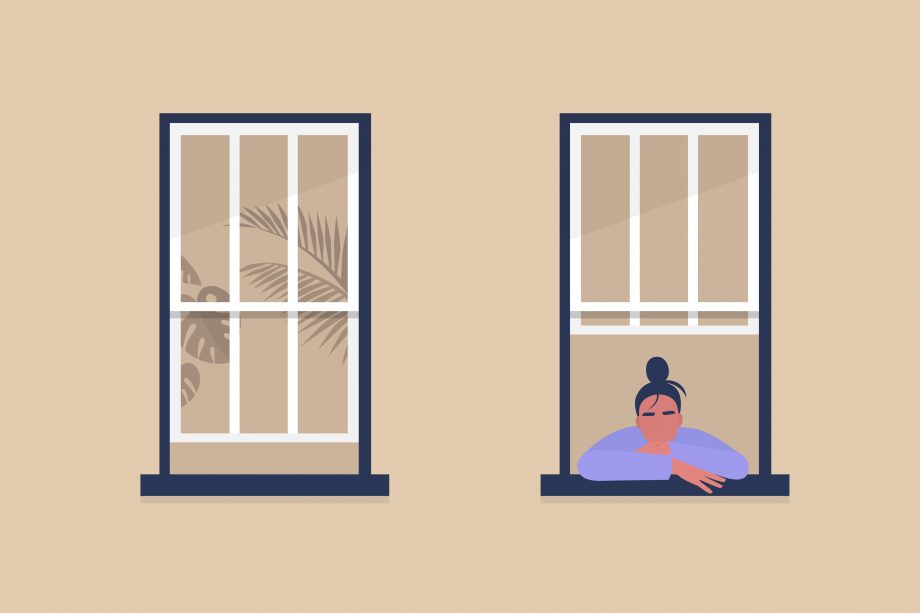The COVID-19 Pandemic is reshaping the landscape of mental health across Australia, with an emerging economic downturn and continuing lockdown putting immense pressure on people’s day-to-day lives. Already, compared to the 2017 National Health Survey almost twice as many people were reporting an increase in feelings of anxiety at least some of the time during mid-April. The country’s existing mental support infrastructure is being forced to adapt to an increase in demand and the limitations of lockdown, with nearly half of all consultations being performed over the phone.
The pandemic is regarded by many in the mental health field as a ‘watershed’ moment for the country, as a looming economic downturn may lead to an increase of up to 1,500 suicide cases annually, according to a worst-case scenario model of 15.9% unemployment. Aside from economic considerations, people’s social isolation has also driven this crisis with only half of all Australians saying they had in-person contact with family or friends within the first fortnight of April. As a result, if this challenge is not properly managed, Australia could be faced with the prospect of having more deaths by suicide than from the virus itself.
Prior to the pandemic, modelling by RDA based on data from the National Health Survey showed that the distribution of mental health issues across Sydney was focused primarily on lower socioeconomic regions within Western Sydney. As seen below, this area was significantly over indexed for key issues such as depression, anxiety, feelings of hopelessness and nervousness.
These already vulnerable lower SES areas have been hard hit by the pandemic and feelings associated with depression have been on the rise more generally. As seen below, according to the ABS over the period of mid-march to mid-April there was an increase in feelings of:
– Restless or fidgety (46% compared with 25%);
– Nervous (39% compared with 22%);
– That everything was an effort (29% compared with 15%)
– Hopeless (13% compared with 6%)
– So depressed that nothing could cheer them up (9% compared with 3%).

The economic consequences of COVID-19 are exacerbating the existing financial and psychological stressors on the mental health of these vulnerable groups. They are primed to suffer severely from a loss in spending power and difficulty accessing mental health support. There is hope however, as the Australian government appears to be rising to meet this challenge, having appointed Australia’s first deputy chief medical officer for mental health who will have to manage a forecasted 33% increase in demand.




